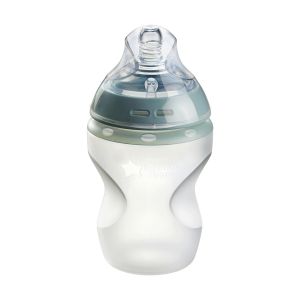
This is a demo store. No orders will be fulfilled.
Subscription orders can be cancelled at anytime. Standard delivery will be charged on each subscription order. Find out more about subscriptions.
They’re easy and fuss free
Your products are automatically sent to you
You save when you sign up for a subscription
You can cancel at any time
Teething involves the movement of milk teeth - also known as baby teeth, primary teeth, or deciduous teeth - up, and then through a baby's gums, and although it's completely natural and normal, it can be painful for babies and, in turn, stressful for their parents and caregivers.
To help you understand more about the timeline of teething, we've created this guide to help you understand when teething starts, which of your baby's teeth will appear first, how many teeth they'll have, and when they'll eventually lose their baby teeth and get their permanent adult teeth.
It's common for parents to wonder ���is my baby teething?��� from as early as three months of age, and the truth is, all babies start teething at slightly different times.
For some little ones, their teething signs and symptoms can begin as early as three months old, while others don't start teething until after their first birthday. Usually, babies start showing symptoms of teething when they're around six months old, with their two bottom, front teeth appearing first.
Here's a rough guide to how a baby's teeth emerge and how long teething usually lasts.
Most little ones will have all 20 of their milk teeth by the time they're around three years old.
You should aim to brush your baby's teeth as soon as they appear through their gums, both in the morning and before bed.
By the time they've stopped teething, young children have 20 milk teeth in total. That's 10 on the top, and 10 on the bottom.
A child's 20 milk teeth will usually begin to fall out around the age of six or seven, and they'll gradually be replaced by all 36 of their permanent adult teeth.